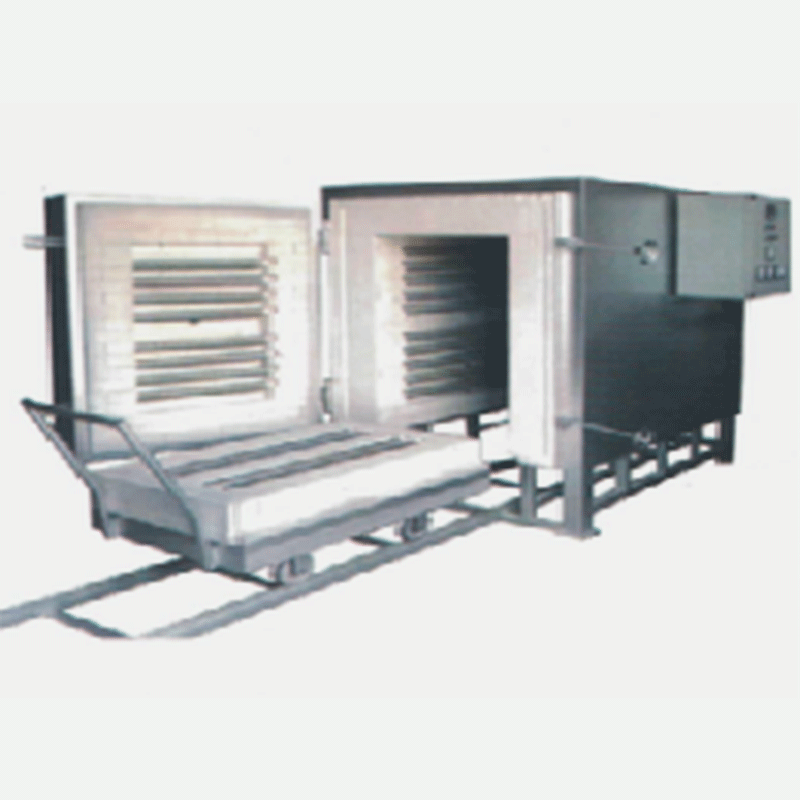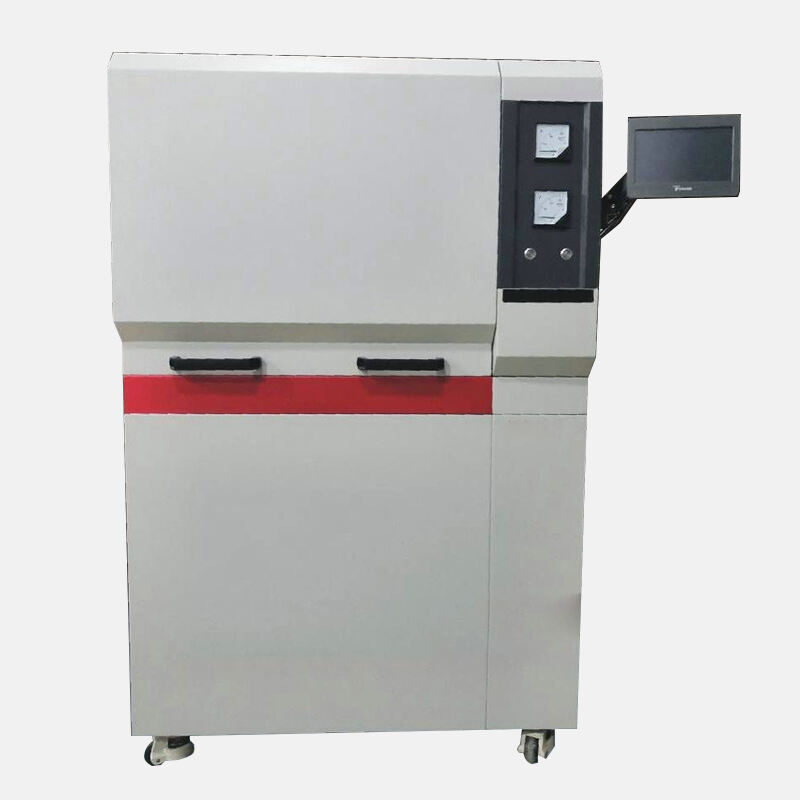Refractoriness under load (RUL) and creep in compression (CIC) testing machine operating procedures
1. Overview
This operating procedure is applicable to the use of RUL and CIC Testing Machine. This equipment can be used to determine the creep and softening behavior of materials under high temperature and high load, and is widely used in materials science, geology, aerospace and other fields.

2. Equipment preparation
1). Check whether the high temperature creep testing machine is intact and make sure the instrument is in normal working condition.
2). Check whether the test space is tidy and free of debris.
3). Check whether the temperature of the test room meets the requirements, which is generally required to be 20℃±2℃.
4). Install and connect the specimen and measuring sensor.
3. Specimen preparation
1). Select the appropriate specimen form according to the material properties and test requirements.
2). Prepare specimens that meet the standards according to the test methods and test requirements, and pay attention to the accuracy of the specimen size and shape.
3). The surface of the specimen should be flat and smooth without cracks.
4. Parameter setting
1). Set the test temperature, load size, strain rate and other parameters according to the test requirements and specimen properties.
2). Select the appropriate test mode and test time.
3). Adjust the test system so that it can accurately measure the test data.
V. Test steps
1). Place the sample in the test fixture and apply the load according to the test requirements.
2). Start the tester and apply prestress load at the test room temperature.
3). Heat the tester to the set temperature and start the test.
4). During the test, record the test data in time and observe the deformation and softening behavior of the sample.
5). After the test, turn off the equipment, take out the sample and conduct relevant tests.
VI. Precautions
1). Pay attention to safety during operation to avoid dangerous accidents.
2). The test data should be accurate and reliable to avoid falsification or errors.
3). Before testing, you should understand the working principle and application method of the equipment.
4). After the test, the equipment should be cleaned and maintained to ensure its normal use.
[Conclusion]
Through the introduction of this article, I believe that everyone has understood the basic operating procedures and application fields of High temperature creep and refractoriness under load tester. In actual use, it is necessary to pay attention to the principles of safety, accuracy and reliability, and at the same time master the working principle and use method of the equipment to better conduct relevant research and experiments.
Recommended Products
Hot News
-
What are the maintenance measures for air permeability tester?
2025-04-02
-
What is the difference between the one-key pre-oxidation alloy melting machine and the ordinary melting machine?
2025-03-25
-
Craftsmanship creates quality! Nanyang JZJ Testing Company successfully delivered 10set customized high-temperature muffle furnaces to help the high-quality development of the refractory industry
2025-03-17
-
How to open the door of a high temperature muffle furnace at high temperature
2025-03-11
-
How to control the heating temperature and time of the multi-function melting machine?
2025-03-05
-
The biggest advantage of the automatic melting machine fusion method
2025-02-25
-
Together we build a quality future - South African customers purchased 3set of T6 melting machines in batches and delivered them successfully, and efficient services help global mining upgrades
2025-02-22
-
Detailed analysis of the advantages of using high-frequency induction multifunctional fusion machine
2025-02-18
-
Indian customers mailed samples to our company
2025-02-11
-
How to avoid uneven temperature distribution in muffle furnace?
2025-02-06

 EN
EN
 AR
AR
 BG
BG
 FR
FR
 DE
DE
 HI
HI
 IT
IT
 PL
PL
 PT
PT
 RU
RU
 ES
ES
 TL
TL
 IW
IW
 ID
ID
 UK
UK
 VI
VI
 TH
TH
 TR
TR
 FA
FA
 MS
MS
 UR
UR
 BN
BN
 KM
KM
 LO
LO
 PA
PA
 MY
MY
 KK
KK




















